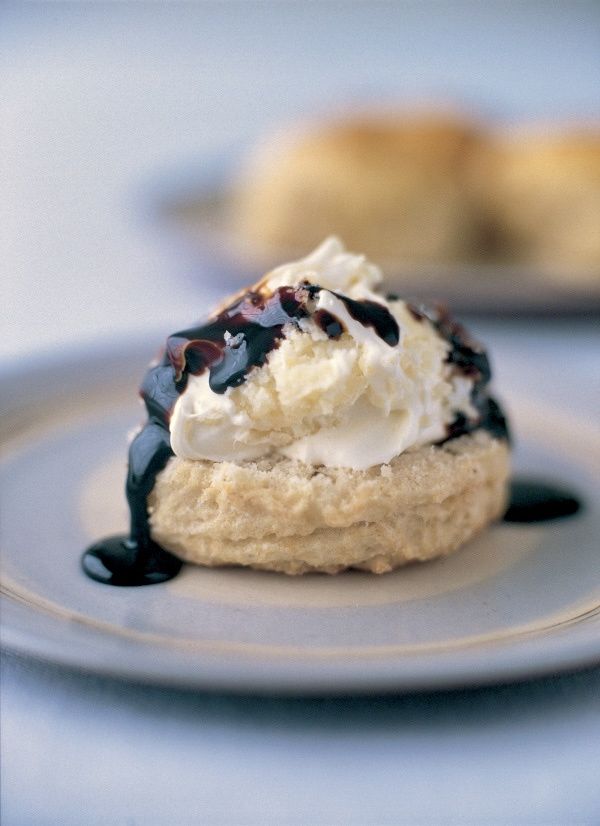Lily's Scones
Asked by CarolynTH. Answered on 12th August 2011
Full question
Hello - I made the Lily's Scones last night (Domestic Goddess, p67) and although I'm sure I followed the recipe there was definitely something wrong. Firstly there seemed to be too much butter (I didn't have Trex so substituted with 75g butter as per the book) and then when I added the 300ml milk the mix went really soupy - not like a dough at all. I added enough flour to make a dough and the scones seemed fine when they went into the oven but when they came out they were pretty horrible. Seemed really yellow and soda-y - is it really four-and-a-half teaspoons of cream of tartar? I usually eat my mistakes but I couldn't eat these! I hate throwing food away, but these did go into the bin. I checked the website for errata but there didn't seem to be a section? Maybe I missed it. Thanks in advance for any light you can shed!
I have recently started using How To Be A Domestic Goddess, but am unsure about the ingredients for Lily's scones. The recipe says to use 25g Trex (or use another 75g butter). Does this mean that one replaces 25g of Trex with 75g butter, so that a total of 125g butter is used? Or should it say use another 25g of butter? It didn't seem logical to replace 25g of one fat for 75g of another fat, but I did not wish to assume! Charlesworth
Our answer
Unfortunately in the recipe for Lily's Scones the vegetable shortening (Trex) should be replaced with an equal quantity of butter - ie 25g butter. If you can use vegetable shortening (and in the UK you could use White Flora or Cookeen as alternatives) then it does tend to give a slightly lighter and flakier scone.
The yellowness of the scones will mainly come from the extra butter that was used and also the dough was probably quite soft due to the extra fat in the mixture. 300ml (1 1/4 cups) of milk or buttermilk should give a soft but not runny dough but as all flours vary in the amount of liquid they absorb then you may prefer to add about 3/4 of the milk then add the rest a little at a time, as needed. A slightly damp dough will yield a lighter scone than a dry dough.
The Buttermilk Scones in Kitchen (p283) are similar to Lily's Scones but only use 2 teaspoons of cream of tartar. If you would like to try Lily's Scones again you could try reducing the cream of tartar from 4 1/2 teaspoons to 2 teaspoons.





Tell us what you think
Thank you .
Explore more questionsYour comment has been submitted.